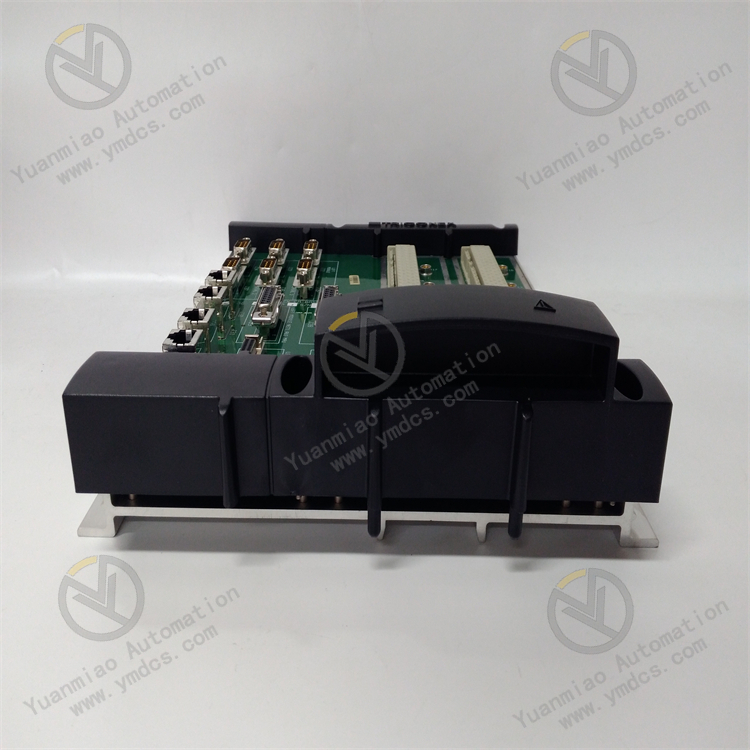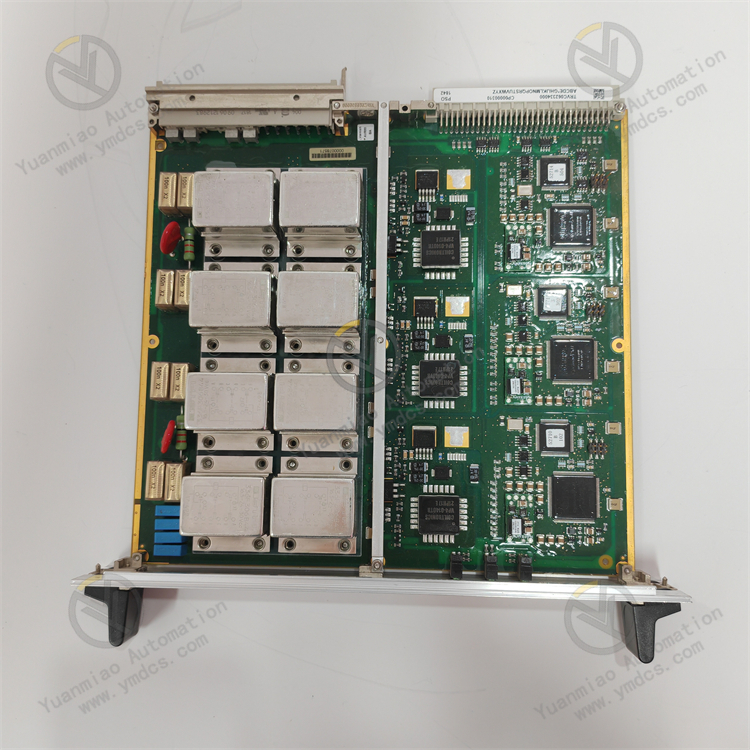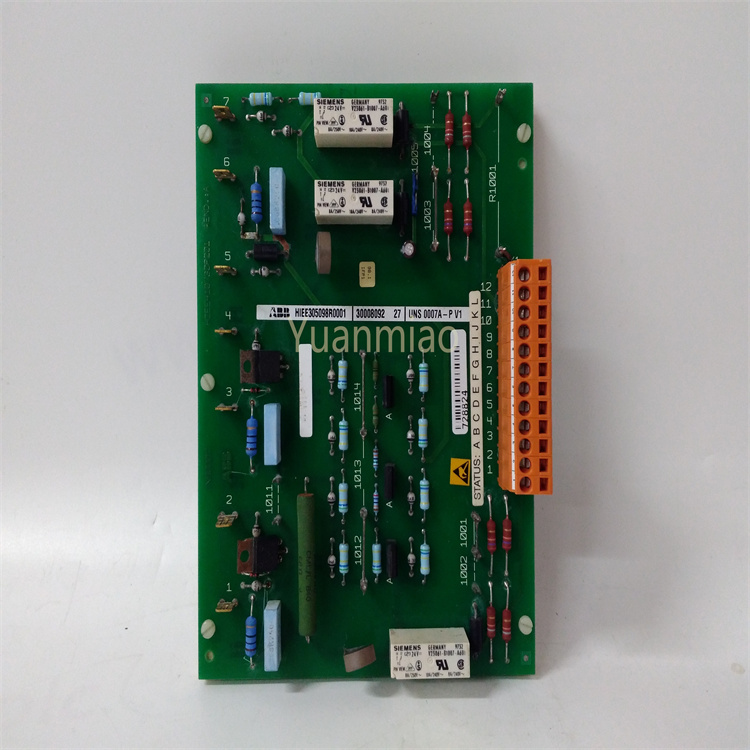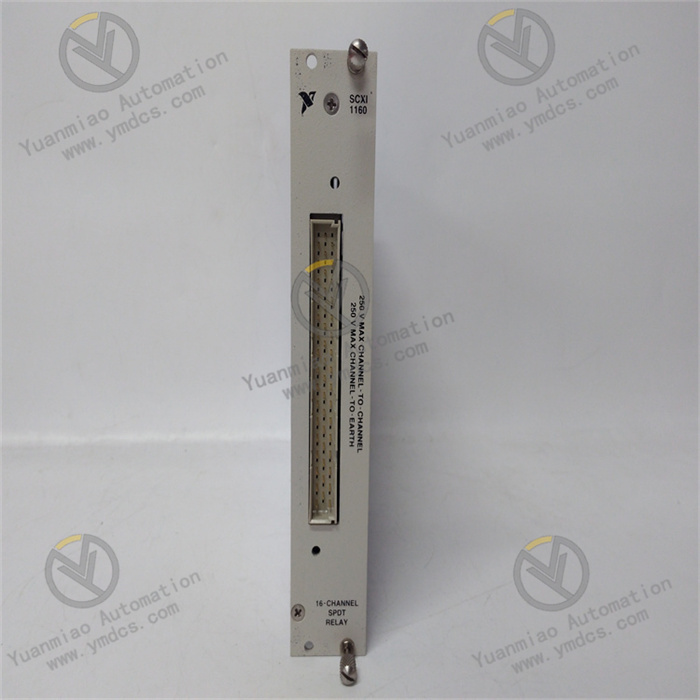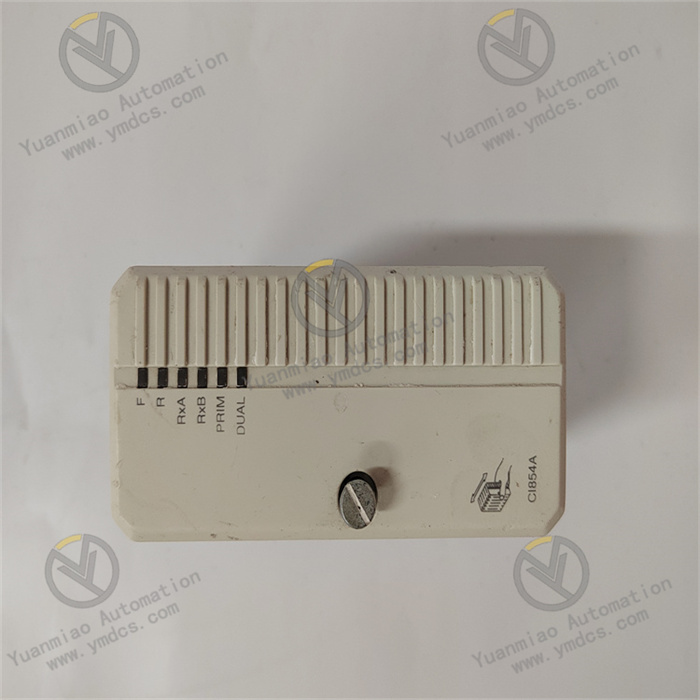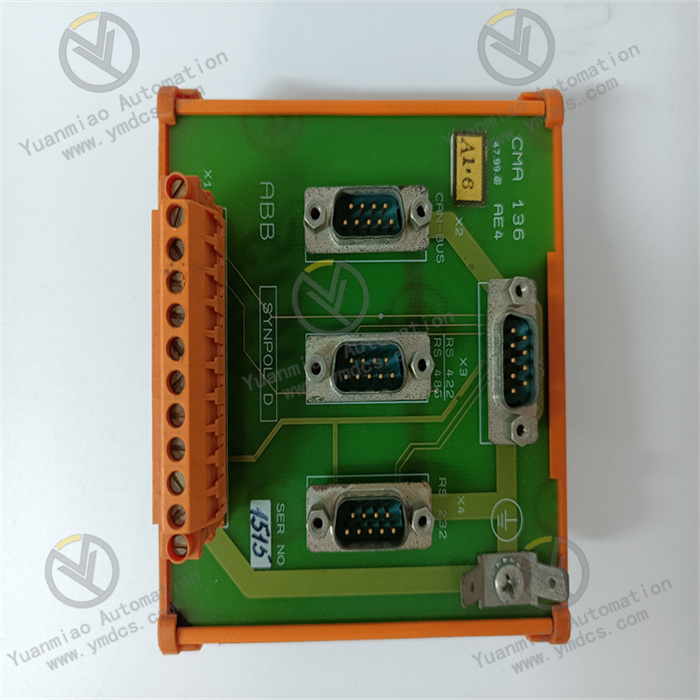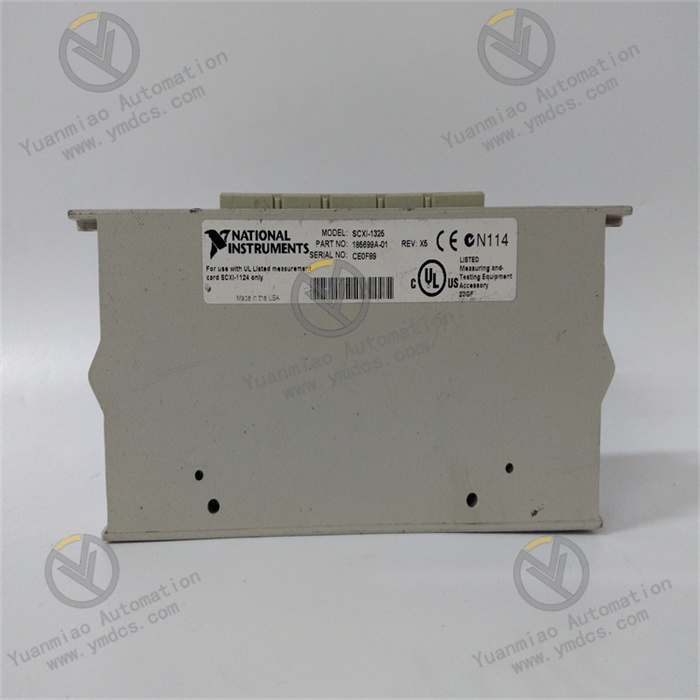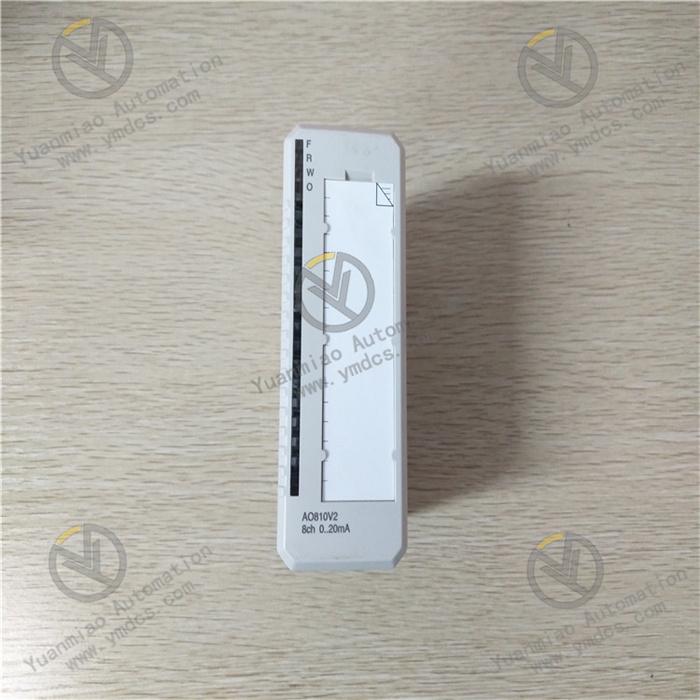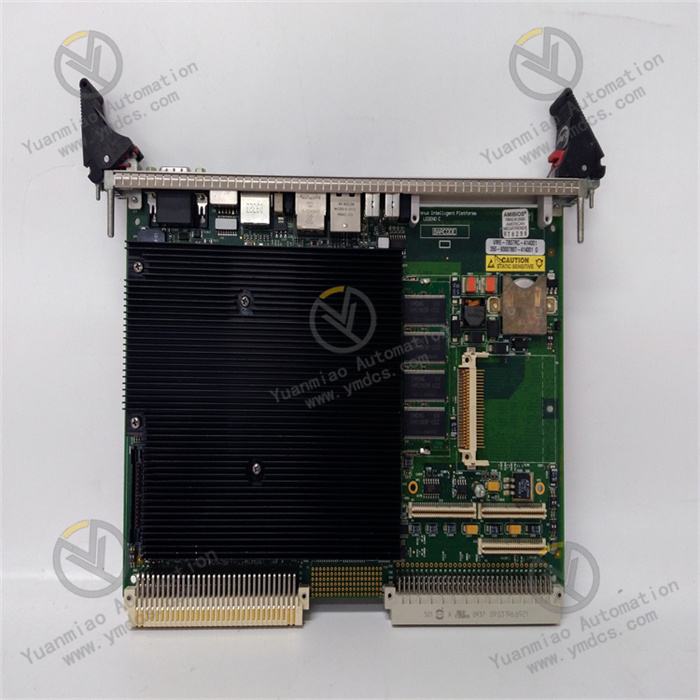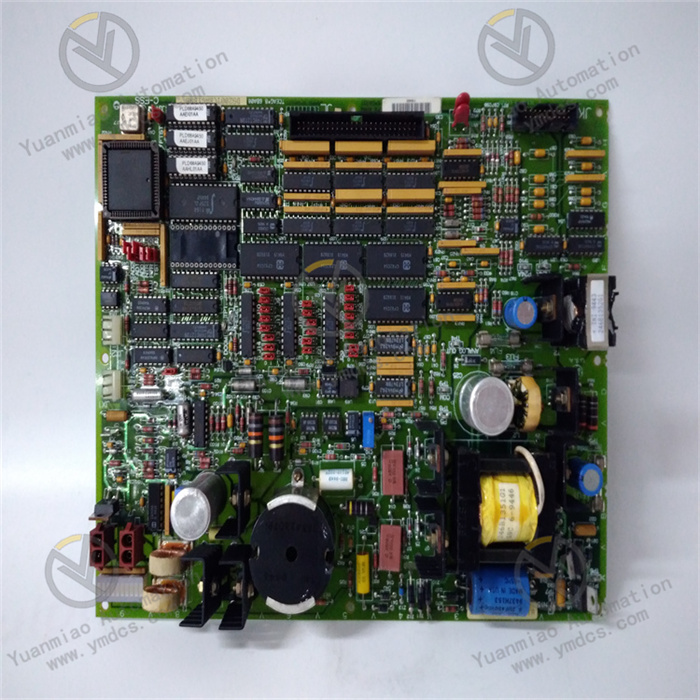Description
Functional Purpose: Provides reliable and efficient communication capabilities for Triconex Safety Instrumented Systems (SIS), ensuring seamless data exchange and integration within critical control systems across various industrial environments. It can be used in multiple application scenarios such as process control, safety systems, power generation, oil and gas, chemical, pharmaceutical, pulp and paper, water and wastewater treatment.
Features:
- High Reliability: Ensures reliable operation in safety-critical applications, minimizing the risk of communication failures.
- Rugged Design: Withstands harsh industrial environments, offering long-term durability and stable performance.
- Safety Integration: Fully compatible with Triconex SIS, enhancing the safety and reliability of the entire system.
- Efficient Data Transmission: Provides high-speed and precise data transmission, crucial for real-time control and monitoring.
- Diagnostic Capability: Equipped with advanced diagnostic functions for real-time monitoring and fault troubleshooting.
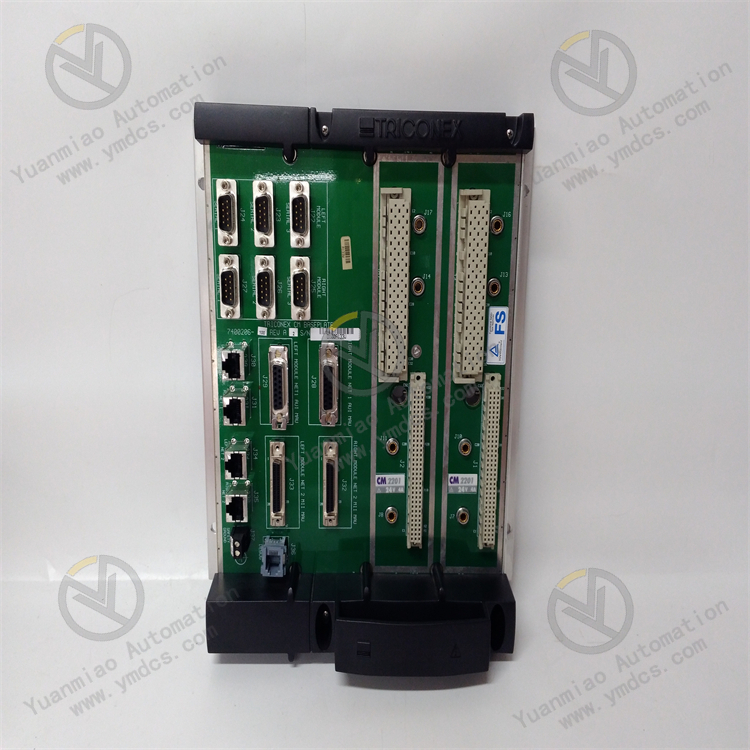
Technical Specifications:
- Communication Channels: Supports multiple communication channels, enabling comprehensive data exchange.
- Data Transmission Rate: Optimized for high-speed data transmission to ensure timely and accurate communication.
- Protocol Support: Compatible with various industrial communication protocols for seamless integration with other systems.
- Channel Isolation: High isolation between channels prevents interference and ensures signal integrity.
- Power Supply: Uses standard industrial power to ensure stable and reliable performance.
- Operating Temperature: Functions in a temperature range of -40°C to +70°C, suitable for diverse industrial environments.
- Shock and Vibration Resistance: Complies with industrial shock and vibration standards, ensuring reliable operation under harsh conditions.
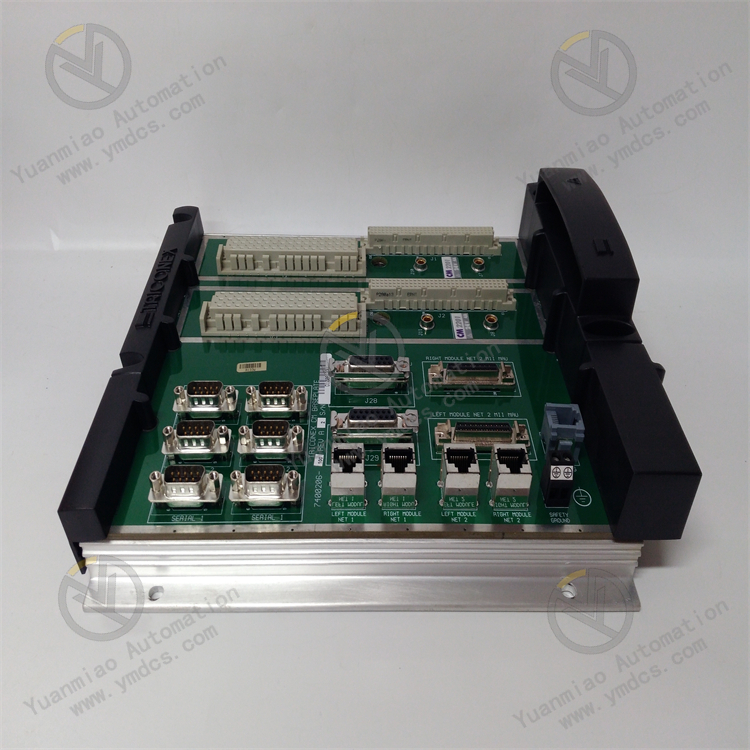
TRICONEX CM2201 is a communication module. Below is its installation and configuration process:
Installation Process
Preparation: Before installation, ensure you have the following items and information:
- TRICONEX CM2201 module.
- Required installation tools, such as screwdrivers.
- Knowledge of the electrical requirements and safety regulations for the installation environment.
- Relevant information about the devices and systems to be connected, such as communication protocols and addresses.
Installation Location Selection: Choose a suitable installation location to ensure the module is placed in a dry, well-ventilated environment with appropriate temperature. Avoid areas with strong vibrations, shocks, or electromagnetic interference. Ensure the module is easily accessible for maintenance.
Module Installation: Install the TRICONEX CM2201 module in the specified location. Typically, the module can be mounted on a rail or directly on a panel. Use appropriate mounting accessories to secure the module firmly according to its installation method.
Electrical Connections: Make correct electrical connections based on the module’s electrical interfaces and the devices to be connected, including power cables and communication cables. Always ensure the power is turned off when connecting electrical lines and follow relevant electrical safety regulations.
Grounding Connection: To ensure the normal operation and safety of the module, a good grounding connection is essential. Connect the module’s grounding terminal to a reliable grounding system.
Configuration Process
Configuration Tool Preparation: Obtain and install the configuration tool suitable for the TRICONEX CM2201 module. Typically, TRICONEX provides specialized configuration software or tools.
Connect to the Module: Use the configuration tool to connect to the TRICONEX CM2201 module via an appropriate communication interface (e.g., serial port, Ethernet). Ensure the connection is stable and communication is normal.
Configuration Parameter Setup: Set various parameters of the TRICONEX CM2201 module in the configuration tool according to actual application requirements. This may include communication protocols, baud rate, data bits, stop bits, parity, etc. It may also be necessary to set parameters such as module address and channel configuration.
Communication Test: After completing the parameter setup, perform a communication test to ensure the module can communicate normally with other devices. You can use the configuration tool to send test data or commands and check if the module responds correctly.
System Integration Test: Integrate the TRICONEX CM2201 module into the entire system and conduct system-level testing. Ensure normal communication and coordination between the module and other devices/systems.
Documentation: After completing the installation and configuration, record all configuration parameters and setup information. This will facilitate future maintenance and fault troubleshooting.


